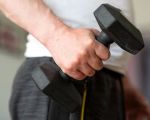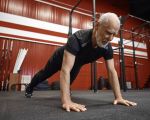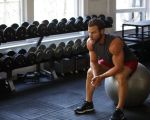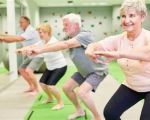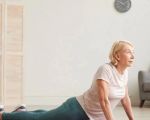- 1-Understanding-Muscle-Gain-for-Women-Seniors-Beginners
- 2-Key-Components-of-a-Workout-Routine
- 3-Exercise-Examples-for-Different-Levels
- 4-Importance-of-Nutrition-and-Rest
- 5-Real-Life-Success-Stories-and-Advice
1. Understanding Muscle Gain for Women, Seniors, and Beginners
Building muscle can seem daunting for many women, seniors, and those just starting their fitness journey. However, muscle gain is achievable and highly beneficial at any age. For women, increased muscle mass enhances metabolism and supports bone health. Seniors benefit from improved strength and mobility, reducing fall risks, while beginners gain confidence and functional fitness through gradual progression.
How Muscle Growth Works
Muscle growth occurs when fibers repair after being challenged during strength training. For seniors and beginners, this process may take more time, but consistency and proper technique are key. Understanding this helps set realistic expectations and prevents discouragement.
2. Key Components of a Workout Routine
An effective gym workout routine for muscle gain should balance strength training, cardiovascular exercise, and flexibility. Strength training is the cornerstone, focusing on progressive overload to stimulate muscle adaptation.
Warm-Up and Cool-Down
Begin each session with a gentle warm-up to prepare muscles and joints, such as light walking or dynamic stretching. Cooling down helps prevent soreness and promotes recovery.
Strength Training Focus
Incorporate compound movements like squats, lunges, and push-ups that engage multiple muscle groups. For seniors and beginners, using bodyweight or light free weights ensures safety while building foundational strength.
3. Exercise Examples for Different Levels
Tailoring exercises to fitness level is crucial for effective muscle gain:
For Women and Beginners
Start with machines or resistance bands to master form. Exercises like seated rows, leg presses, and dumbbell chest presses are great choices. Aim for 2–3 sessions per week, gradually increasing weight and reps.
For Seniors
Focus on low-impact exercises that improve balance and strength, such as chair squats, wall push-ups, and gentle resistance band workouts. Prioritize controlled movements and rest days to avoid injury.
4. Importance of Nutrition and Rest
Muscle gain isn’t just about exercise; nutrition and rest play equally vital roles. Consuming adequate protein supports muscle repair, while balanced carbs and fats provide energy. Seniors may benefit from consulting a nutritionist to address age-related dietary needs.
Rest days allow muscles to recover and grow stronger. Overtraining can lead to injury and setbacks, so listening to your body and scheduling regular recovery is essential.
5. Real-Life Success Stories and Advice
Maria, a 65-year-old beginner, shared how starting a gym workout routine transformed her life. Initially hesitant, she focused on simple strength exercises and noticed increased energy and muscle tone within months. Her journey highlights the importance of patience and consistent effort.
Fitness experts recommend personalized plans that reflect individual goals and limitations. For tailored workout routines and trusted fitness products, visiting Fitness provides reliable resources and professional guidance to support your muscle gain journey safely.



